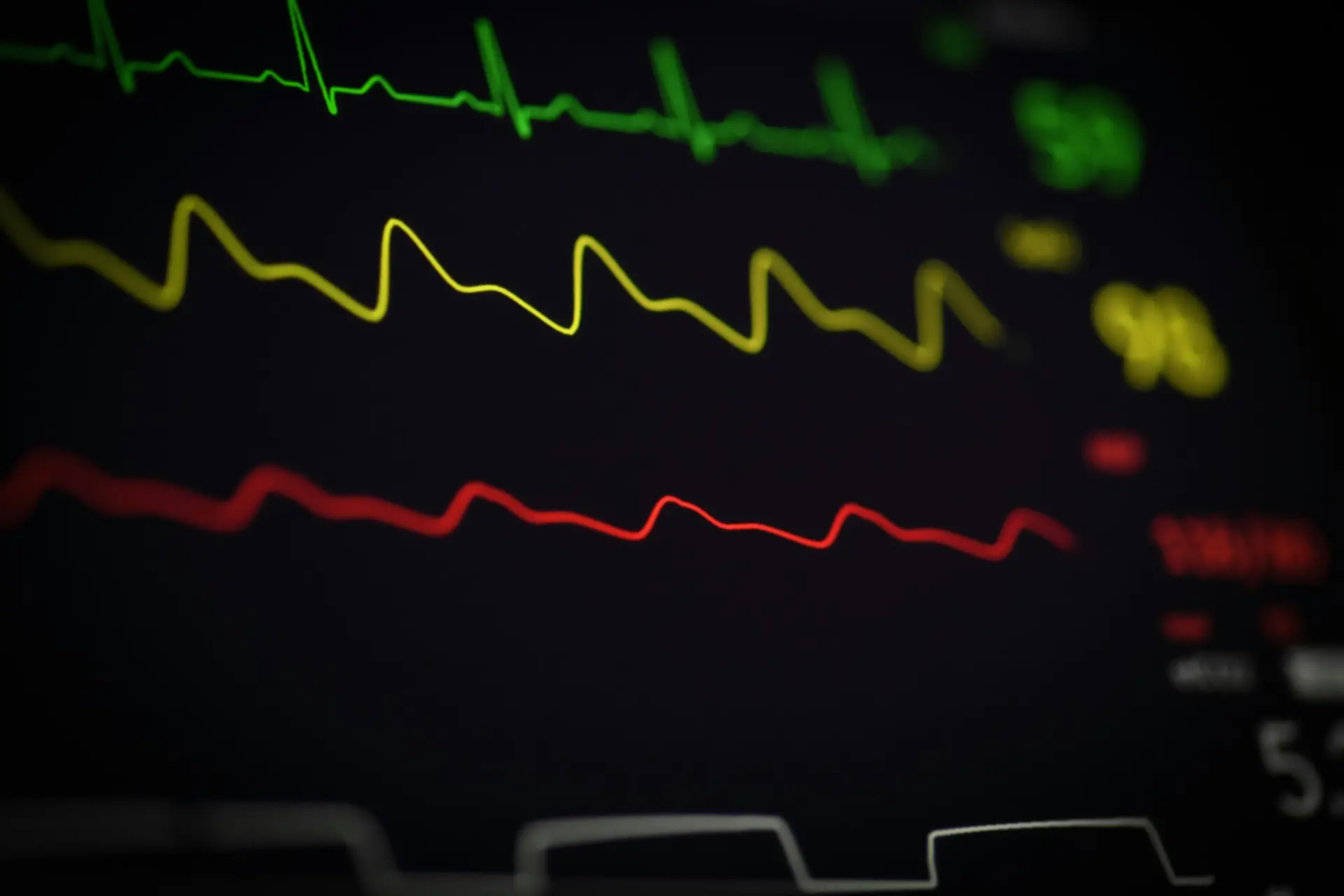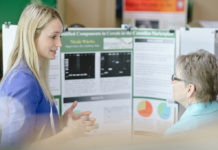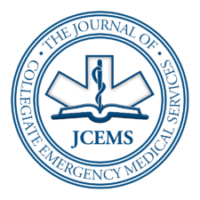In our last editorial, published in December of 2020 in Volume 3, Issue 2, we expressed our hope and belief that the collegiate or campus-based EMS (CBEMS) community would persevere through the unprecedented challenges imposed by COVID-19. Now, two and a half years later, we would like to share some of the highlights of stories shared with us by CBEMS agencies across the country and discuss potential areas of growth for CBEMS agencies moving forward.
It is an understatement to say that the current COVID-19 pandemic has changed many aspects of our current world, with the resulting changes directly causing the struggles and obstacles encountered by the collegiate EMS community over these past two and a half years. Decreased enrollment of new students on college campuses has led to reduced membership applications for some agencies, leading to staffing shortages and increased burnout among providers. The impact of decreased recruitment success was only compounded by an increased attrition rate seen by many agencies, with graduating students being joined by many collegiate providers that chose not to return to their respective agencies when the time came. Financially, many standby-only agencies found their revenue streams greatly diminished by a severe decline in the number of on-campus events. When combined with the decreased call volumes many CBEMS organizations have experienced, opportunities to directly interact with patients have plummeted, negatively impacting the ability of agencies to adequately train new members.
Whether transport or standby-only, ALS or BLS, the long-lasting consequences of the COVID-19 pandemic were still seen after 2020, particularly regarding membership. The nature of CBEMS itself necessitates constant recruitment of new undergraduate members to facilitate continued operations, and any changes to membership intake can have dire effects on the long-term stability of an agency. However, while many college campuses saw a vast decrease in on-campus enrollment, the total number of enrolled undergraduate students only decreased by 3.6%, with a projected increase of 9% by the end of the year 2030.1 With many universities returning to in-person instruction, we hope the issue of recruitment and retention will be temporary.
Although CBEMS participation decreased during the pandemic, the greatest impact by COVID-19 might be seen in the increase of applications to graduate medical programs. Medical school applications have been steadily increasing over the past twenty years, but the increase seen in the 2021-2022 application class was extraordinary; There was a 17% increase in the number of overall applicants, mostly the result of a 21% increase in first-time applicants.2 PA school applications did not enjoy as dramatic an increase, but applications increased by 9% for the 2020-2021 application cycle, with a small decrease by 2% the following year (2021-2022).3 CBEMS systems are in an unique position to introduce interested students to direct patient care and strengthen their overall applications when the time comes. Therefore, this rise in applicants to medical graduate programs is promising for CBEMS agencies.
Provider turnover is not just a problem unique to CBEMS, but to the field of pre-hospital emergency medicine. Burnout is a constant struggle for many EMS providers, a function of the high-stress environment, and the addition of staffing shortages only accelerates many providers’ exit from the field. While training has been shown to help ease the likelihood of burnout, the onset of a worldwide pandemic has overwhelmed many, and has led to a shortage of providers willing to work4; one report from 2021 showed that in Texas, over 70% of credentialed providers were not actively working in EMS.5 Herein lies an unique opportunity for CBEMS to support their communities, and help ease the struggles of nearby agencies, through expansion of response zones or supplementing staffing at special events covered by other agencies. One specific example of this can be seen at Indiana University Bloomington, where Intra Collegiate Emergency Medical Service at IU (IC-EMS) was able to work alongside IU Health LifeLine, the county’s 911 provider, to supplement staffing at IU Athletics events. With the addition of IC-EMS’s providers, IU Health LifeLine was able to redirect their providers to staff street ambulances, or to more specialized roles at the event, ensuring that 911 coverage didn’t lapse, while still providing key medical coverage at IU football and basketball games. Opportunities like these let CBEMS agencies directly help their community and can potentially lead the way to increased trust and further collaboration with community EMS systems.
The pandemic has provided CBEMS organizations with new opportunities and responsibilities in other areas as well. After the initial wave of the pandemic, almost every university in the country (as well as globally) began mandating regular COVID-19 PCR testing for any in-person students and faculty. These testing sites required many staff members, preferably with medical training, to accommodate the sizable number of swabs being performed. These staffing needs only increased when many universities opened their campuses as vaccination sites once the vaccine became available nationwide. This need was able to be filled in part by some CBEMS agencies, especially as many states expanded the EMT scope of practice to include IM vaccine administration. Specifically, University of Texas – Dallas EMS was one such agency who were able to provide staffing for COVID-19 vaccination clinics in collaboration with UT-Southwestern; this came as a result of their hiring of a full-time EMS medical director, which allowed integration of the organization into UT-Dallas. While some states have since rescinded the authorization for EMTs to provide IM vaccinations, as is the case in Arizona, others have added the IM vaccination to the EMT scope of practice in the case of future public health emergencies, as is the case in Massachusetts.6,7 Additionally, the National Highway Traffic Safety Administration issued updates to the National EMS Scope of Practice to include nasal swab collection at the EMT level.8 These changes, if permanent, could be an avenue for growth for many CBEMS agencies, potentially as partners with campus health systems in the administration of the non-COVID-19 vaccines and nasal swab testing that many college students receive every year.
While the pandemic has led to many challenges, including decreased call volumes on college campuses, new membership concerns, and increased EMS provider burnout, there is hope for the future. Increased interest in graduate health professions should result in an increased interest in CBEMS. Staffing shortages in community EMS systems provides an avenue for CBEMS agencies to partner with new organizations, providing an avenue for further growth. The changes in the EMT scope of practice to include IM vaccinations could lead to new roles for CBEMS agencies as vaccination administrators on a regular basis. The versatility that CBEMS agencies offer their collegiate and surrounding communities is unique and highlights one of the many reasons that supporting CBEMS is more important now than ever before.
References
- National Center for Education Statistics. (2022). Undergraduate Enrollment. Condition of Education. U.S. Department of Education, Institute of Education Sciences. https://nces.ed.gov/programs/coe/indicator/cha. Published May 2022. Accessed October 5, 2022.
- Chart 1: Applicants, first-time applicants, and repeat … – AAMC. Association of American Medical Colleges. https://www.aamc.org/media/9581/download?attachment. Published November 8, 2021. Accessed October 10, 2022.
- Applicant Trend Report. Physician Assistant Education Association. https://paeaonline-my.sharepoint.com/:x:/g/personal/ebrooks_paeaonline_org/EbPGfDtuxldNhwYpbBaRsKsBKocHxZmTfiAIGGtSAVGe6g?e=dBSOFc. Accessed October 27, 2022.
- Campos A, Ernest EV, Cash RE, et al. The Association of Death Notification and Related Training with Burnout among Emergency Medical Services Professionals. Prehosp Emerg Care. 2021;25(4):539-548. doi:10.1080/10903127.2020.1785599
- McCausl, P., McCausl, P., care, is an N. N. reporter focused on health, & Net, T. S. S. EMS services warn of “crippling labor shortage” undermining 911 system. NBC News. https://www.nbcnews.com/news/us-news/ems-services-warn-crippling-labor-shortage-undermining-911-system-rcna2677. Published October 8, 2021. Accessed October 28, 2022.
- Termination of Emergency COVID-19. Office of the Arizona Governor Doug Ducey. https://azgovernor.gov/sites/default/files/termination_of_emergency-COVID-19.pdf. Published March 2022. Accessed October 25, 2022.
- Order of the Commissioner of Public Health Allowing Certain Individuals to Administer Influenza and COVID-19 Vaccines | Mass.gov. https://www.mass.gov/news/order-of-the-commissioner-of-public-health-allowing-certain-individuals-to-administer-influenza-and-COVID-19-vaccines-0. Accessed November 1, 2022.
- National Association of State EMS Officials (Ed.). National EMS Scope of Practice Model 2019: Including Change Notices 1.0 and 2.0. ROSA P. https://rosap.ntl.bts.gov/view/dot/56917#:~:text=The%202019%20National%20EMS%20Scope%20of%20Practice%20Model. Published August 1, 2021. Accessed November 1, 2022.
Author & Article Information
Adhitya Balaji, EMT is the Co-Director of Outreach for the Journal of Collegiate Emergency Medical Services and a student at Indiana University Bloomington. Jacob Robishaw-Denton, BS, EMT is the Co-Director of Outreach for JCEMS and a medical student at the University of Arizona.
Author Affiliations: From The Journal of Collegiate Emergency Medical Services, National Collegiate Emergency Medical Services Foundation – in West Sand Lake, NY (A.B., J.R.).
Address for Correspondence: Adhitya Balaji | Email: adbalaji@iu.edu
Conflicts of Interest/Funding Sources: By the JCEMS Submission Declaration Form, all authors are required to disclose all potential conflicts of interest and funding sources. A.B and J.R. serve in uncompensated editorial roles for JCEMS. All authors declared that they have no other conflicts of interest. All authors declared that they did not receive funding to conduct the research and/or writing associated with this work.
Published Online: November 30, 2022
Published in Print: November 30, 2022 (Volume 5: Issue 2)
Reviewer Information: In accordance with JCEMS editorial policy, Editorial
manuscripts are reviewed by the JCEMS Editorial Board and published by the Editor-in-Chief or designee. JCEMS thanks the Editorial Board members who contributed to the review of this work.
Copyright: © 2022 Balaji & Robishaw-Denton. This is an open access article distributed under the terms of the Creative Commons Attribution 4.0 International (CC BY 4.0) License, which permits unrestricted use, distribution, and reproduction in any medium, provided the original author and source are credited. The full license is available at: https://creativecommons.org/licenses/by/4.0/
Electronic Link: https://doi.org/10.30542/JCEMS.2022.05.02.01







